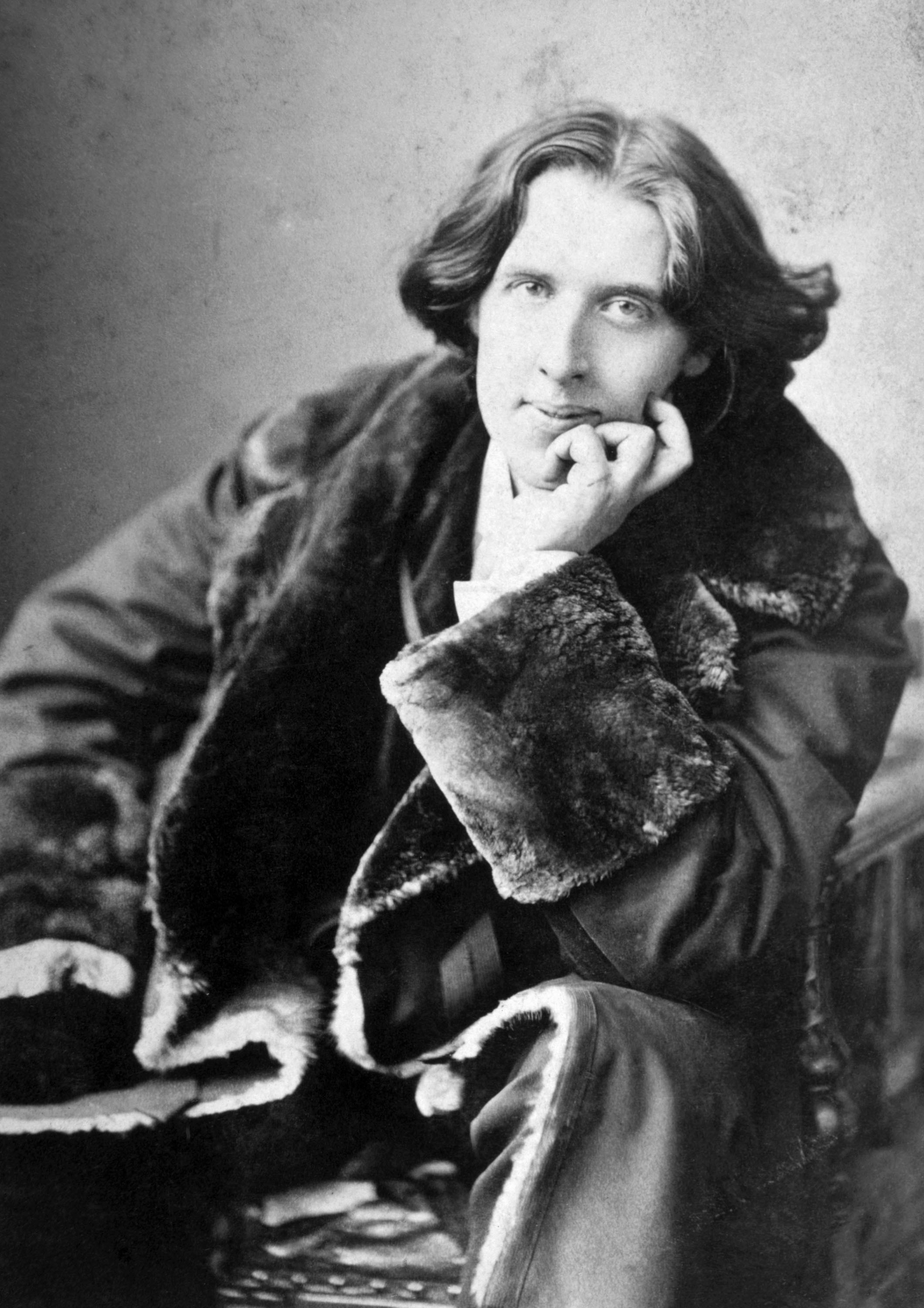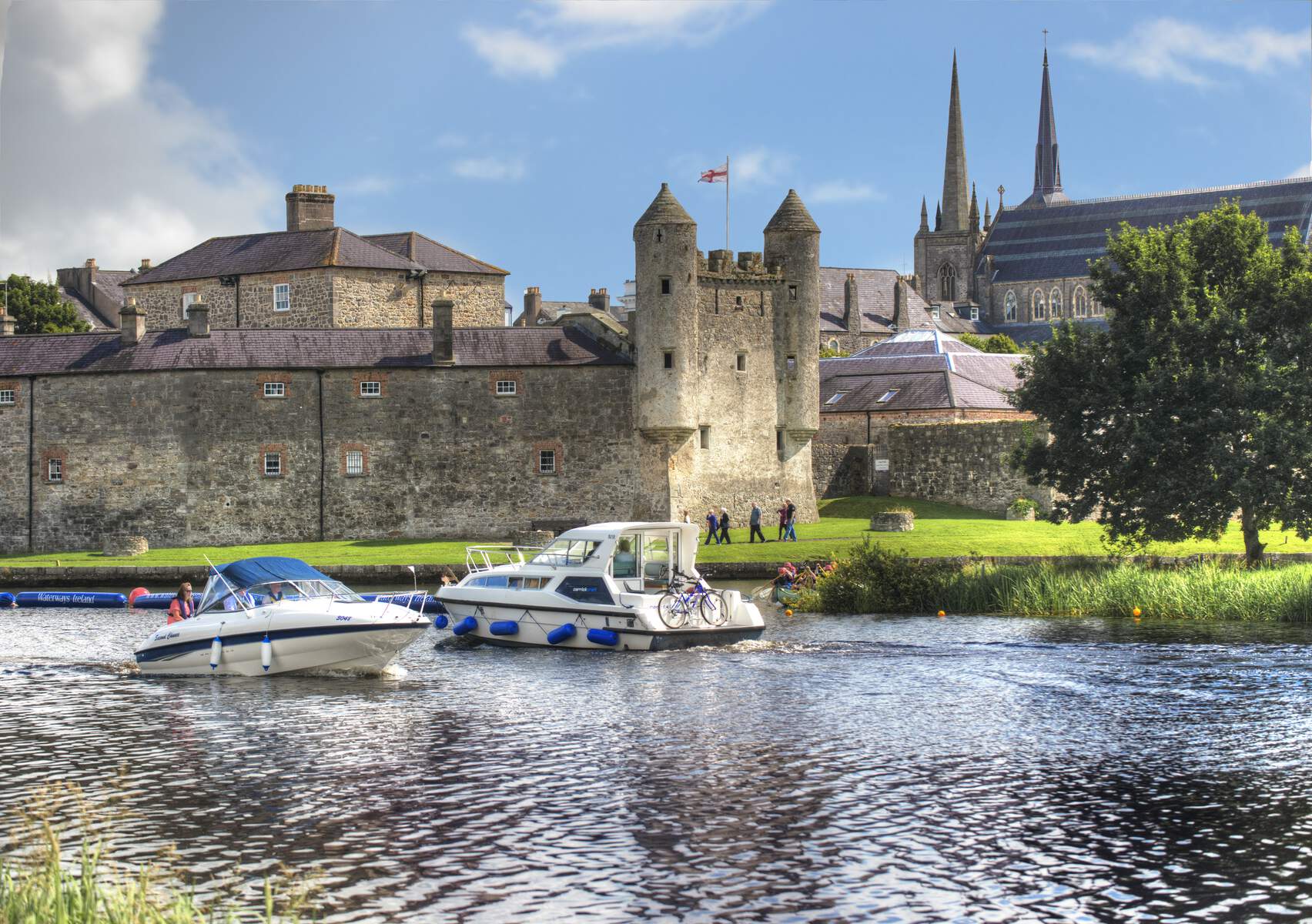Dublin Set to Mark 125 Years Since Oscar Wilde’s Death with Citywide Tributes
From walking tours and film screenings to a jam-packed Wilde festival, in 2025 there are plenty of ways to salute the legacy of the genius Irish wit on the milestone 125th anniversary of his death.

Merrion Square Park, Dublin City
Look out of an upstairs window at 1 Merrion Square, and you’ll find a perfectly framed view of the colourful statue that stands on the corner of the park. This flamboyant figure, carved from semi-precious stones such as jade, blue pearl granite and thulite, fittingly depicts one of Ireland’s most vibrant characters, Oscar Wilde. And it was in this house, overlooking the park, that Wilde spent his childhood years.
This year marks 125 years since Oscar Wilde’s death on 30 November, 1900. To commemorate and celebrate one of Ireland’s finest writers, numerous festivals, special events and tours are taking place in his hometown of Dublin, as well as further afield – a fitting tribute for a man who once said “There is only one thing in the world worse than being talked about, and that is not being talked about.”
A monumental legacy
You can read more of his oft-quoted words at the Oscar Wilde Monument in Merrion Square, where various quips are engraved on two plinths just opposite his statue, one of which bears a sculpture of his wife, the other of Dionysus, Greek god of youth, wine, theatre and poetry. Famous poets, singers and artists (like Bono, Seamus Heaney and Brian Friel) chose their favourite Wilde quotes, which are inscribed in their handwriting on the plinths.
“I think Oscar Wilde’s epigrams are very easy for people to digest,” says Martin Burns, creative director of Oscar Wilde House. “You don’t need to be an expert in literature to know quotes like ‘We are all in the gutter, but some of us are looking at the stars’. People relate to these easily digestible, witty remarks.”
While for much of the year the Oscar Wilde House is the base for American College Dublin, you can visit the house on weekends (with one excellent guided tour held each week) or tour the house on your own throughout the summer. It’s a perfect way to experience where Wilde grew up and learn all about the man himself.
“We don’t tell the Disney version of the Oscar Wilde story at the house,” says Burns. “We do the reality, and the reality is much more interesting. He’s a revolutionary icon, a gay icon and an Irish icon. People really relate to him because of his work – he was so diverse. He wrote fairytales, a gothic novel, four society plays that were massive hits. He was the king of the West End for four years in London before disaster struck.”

Oscar Wilde
Take a walk on the Wilde side
Burns is also the creative director of Oscariana: A Wilde Festival. Held every year around his birthday on 16 October, the festival is a celebration of the man, his life and his legacy, with events held in Oscar Wilde House and venues around Dublin. This year, the play The Importance of Being Oscar will be staged in the intimate Speranza Salon Room, named after his mother, who hosted lavish gatherings here back in the day.
The Light House cinema will be showing The Picture of Dorian Gray from 1945, starring Angela Lansbury – who, coincidentally, shares a birthday with Wilde). The Art Deco Stella Cinema will be screening the 1952 version of The Importance of Being Earnest, shown with subtitles so people can read the dialogue as written. And for the first time ever, the house where Wilde was born – 21 Westland Row – will be open in collaboration with Oscar Wilde House, allowing visitors to see both in one visit.
There are plenty of Oscar Wilde sites around Dublin (you can explore nine of them on a free, self-guided tour called A Walk on the Wilde Side), but many spots in the city have ties to the playwright.
You can have a pint in Kennedy’s pub, where Wilde worked as a shelf stacker back when it was also a shop. And while Sweny’s Pharmacy gets plenty of attention for its connection to James Joyce and Ulysses, it’s also where Wilde regularly dropped in to deliver prescriptions for his father, a lauded surgeon. Pop in and you can see a first edition of An Ideal Husband on display behind the counter.
You can walk around Trinity College, where he studied Classics – take a campus tour and they might just regale you with stories of his college years. He was also a frequent visitor of Marsh’s Library, a beautiful old building in the shadow of St Patrick’s Cathedral, which has barely changed in 300 years. This year, they’ll be holding a Wilde exhibition in the main gallery in honour of his anniversary, but you can visit at any time to easily envision what it must have been like when Wilde read here.
You can often find Wilde-themed exhibitions in the Museum of Literature Ireland (MoLI), where they’re currently screening their film installation De Profundis, with a group of LGBTQ+ writers, artists and activists performing the words Wilde wrote from prison. It’s for acts like this – writing one of the greatest love letters of all time, while being imprisoned for “gross indecency” – that Wilde is considered a hero to Ireland’s LGBTQ+ community. The film will be exhibited here until October 1, but you can also catch it on Wilde’s birthday at the Irish Film Institute (IFI), as part of the Oscariana festival.

Enniskillen Castle
While there are many Wildean sites around Dublin, it wasn’t the only place he lived in Ireland. During his teenage years, he attended what was then the Portora Royal School in picturesque Enniskillen, County Fermanagh (which Samuel Beckett also attended in later years). Now the Enniskillen Royal Grammar School, it was here – nestled beside the glistening Fermanagh Lakelands in Ireland’s only island town – that Wilde first got the inspiration for his famous short story The Happy Prince.
Of course, you could always pay a simple homage to the legendary Irish wit by reading some of his best-loved works. It’s an experience sure to leave you coming back for more. After all, as Wilde himself said: “If one cannot enjoy reading a book over and over again, there is no use in reading it at all.”
